Spring and summer - watering time of the country area. Properly organized water supply by plants is a guarantee of their good growth and a rich harvest. Since the methods of watering cultures there are many, this article will consider each of them in detail and help you choose the most convenient.
Watering methods of country plants
Watering from the hose
For small areas of land, watering can be considered the easiest and cheap with the hose. This is done quite easily: the flexible rubber hose joins the water supply and irrigation is carried out manually. This system is one of the most economical due to the low cost of materials, but has its own minuses:
- you can inappropriate or break the sprouts;
- dirty, heavy, contemplating hose for watering plants is unpleasant to use;
- this option is not suitable for watering large plots of land.
Spot moisturizing
Separately standing large crops can be watering the so-called point. It is performed as follows:
- Near the root of the plant, the inverted plastic bottle is bought. The bottom of it can be cut off, and you can do the hole from the side to fill the container with water using the hose. The second way is preferable to the fact that the liquid will not evaporate quickly, and the bottle itself is clogged with garbage.
- The capacitance cover is tightly screwed and at a distance of 2-3 cm from the neck make a small hole. The diameter of it fluctuates in the redistribution 1-1.5 mm depending on the type of soil.
- Install the bottle in such a way that the opening was at a depth of 3-5 cm and a distance of 5-7 cm from the stem.
- The container is filled with water, and for 3 hours the plant is supplied with moisture.
Some tips in the use of point irrigation:
- Sand soils need frequent watering with small amounts of water, clay soil is better to moisten rarely, but abundantly.
- If add compost in water bottle is a good way to gradually fertilize plants.
- Too dry earth need to irrigate in several techniques - it contributes to the best moisturizing of the roots.
- Instead of a plastic bottle, you can use a ball for watering plants . This is a special glass flask that performs the same functions, but it looks much aesthetics. Often this ball is used to watering domestic flowers.
Self watering plants
This method in turn is divided into two types:
- Frozen watering implies the flow of moisture to plantations on specially dug off the grooves. The depth of the furrow varies within 10-20 cm. If water flows from the water supply constantly, then it is better to carry out in small trenches, if the water is delivered manually, it is more expedient to dig deeper grooves. The furrows is cheap, but has drawbacks:
- water is spent uneconomically;
- it is possible an uneven distribution of moisture throughout the plot;
- on Earth, the crust is usually formed, because of which the liquid does not enter the roots of plants;
- the soil is prone to salinization.
- Limary method means a complete flooding of a polling area. This method is characterized by cheap and high productivity, but strongly compacts the soil. It is most often used in autumn for watering grapes or fruit trees.
Drip irrigation
Drip watering plants – efficient and convenient method having a lot of advantages:
- moisture passing through the system of irrigation comes immediately to the roots of plantations;
- the plant quickly absorbs all the water, which is supplied to it;
- you can carry irrigation at any time of the day, without fear that water will fall on the leaves and leaves them burns.
The drip irrigation system can be purchased at a finished form or to do it yourself. In the second case, without cost, it is also not to do, but you can still save on separate materials. In the independent creation of such a plant watering system, some tips will help you:
- Picture the plan of your land plot indicating those beds that need this method of irrigation.
- Note on the location scheme of all components of the system.
- Mark the connection points of the pipes - it will be easier to calculate the required number of cranes, plugs, splitters and connectors. To connect pipes, you can use tees or start connectors.
- When choosing pipes, give preference to polymer. They are cheaper than metal, are not subject to corrosion, and in addition, it is possible to supply plants by any fertilizers.
- If you do not have access to the water supply, install a large water tank on the elevation of 2 meters, from where the moisture to the roots of the plants will be supplied. Capacity should be closed from sun exposure.
- Hoses and pipes can be placed by laying on the ground, hanging or plug in the ground. For bundling, choose materials with thick walls, and for surface accommodation, the hoses must be opaque, otherwise the water in them will bloom.
- The assembly of the entire system should be carried out after the bed markup.
- The use of electrical controllers nuts from autonomous batteries will help fully automate your watering system.
- To avoid clogging of hoses and droppers, install the filters of thin water purification.
- All filters need to be removed from them dirt.
- Before first use, the system needs to rinse, removing the terminal plugs. If net transparent water flows from everywhere - the system is ready for watering.
Rainted as a way of watering cultures
When using a rainflow, water is spent economically, the ambient air becomes moistened and favorable to grow crops, and the irrigation of the leaves contributes to the cooling of plants. It is quite simple to carry out the sprinkle, it is enough to hold the hose to the watering place and fasten the sprinkler at its end. Such a method of moisturizing plants involves a uniform distribution of moisture within a radius of 2 meters around the sprayer. For berry cultures, it is not recommended to be applied, since the fruits can start grew or turning.
Automatic watering of plants helps to sprinkle on large areas of the earth. Such an irrigation system allows you to achieve regular and high-quality moistening of beds and lawns. It is convenient to apply not only in large territories, but also on small summer cottages in an area of \u200b\u200bseveral acres. The automatic system is controlled by a special controller, which, on the basis of a plurality of factors, selects the optimal watering mode. As such factors, the form of a land plot is taken into account, as well as the daily need for irrigation for different plants. In addition, the system can be equipped with additional sensors that determine the humidity of air and soil, weather conditions and the presence of rain. These devices will optimize water costs by reducing them by 20-50%.
Melkodissess watering plants
This method, also called aerosol, is a type of irrigation to sprinkle. His difference is that the moisture is sprayed over the imposition of very small drops resembling fog. Water consumption is very small, approximately 0.5 liters per 10 m² of territory. At the same time, there is no deep penetration of the liquid into the ground, they are moisturized mainly leaves of cultures surrounding the air and the surface of the soil. Apply such watering for some plants during the period of their flowering or fruit tying.
Small irrigation has drawbacks:
- small productivity;
- the need to repeat moisturizing up to 10 times a day;
- costly automatic system;
- the risk of developing some diseases on the leaves and fruits of plants.
You can see the fine watering of plants in the photo:
Breaking irrigation
With this method of watering water enters the roots of thin capillars laid underground. This water supply is carried out as follows:
- Metallic or plastic pipes are bored horizontally into the ground to a depth of 25-40 cm.
- Over all their length do holes. The interval between the holes corresponds between the plants.
- The ends of the pipes are displayed on the surface and install the plug on one of the sides.
- On the other hand, the hose supplying water from the water supply pipe into the pipe, and from there to the roots of cultures.
The advantages of this method:
- significant water savings;
- the absence of a large number of weeds growing after watering the beds;
- earth is not covered with crust and cracks;
- plants loving dry air feel comfortable.
Disadvantages of the subsidiary irrigation:
- water pressure must be under constant pressure not lower than 1.5 atmospheres;
- the cost of water costs is practically not regulated.
Conditions of watering plants on the site
The correct watering of plants is carried out with some factors:
- Water for irrigation beds should not be cold. In the country, it is best to have large tanks, where the water will heat up to an acceptable temperature under the influence of the Sun.
- Watering plants follows in the morning or in the evening. In a bright sunny day, drops on the leaves can cause burns, in addition, the moisture in the heat quickly evaporates, not to achieve the roots.
- Try not to water the bulk plants, tomatoes and peppers after 6 pm, otherwise they can get sick so-called torment.
- The young seedl of moisture is required daily, while more tall cultures can be moistened every 3-4 days.
- Cabbage and tomatoes should be watered at least once every 2 days, because their roots are close to the surface of the soil.
- Despite the fact that trees and shrubs do not need regular irrigation, in severe heat, young seedlings will not hurt either.
Visually see a drip irrigation system on video:

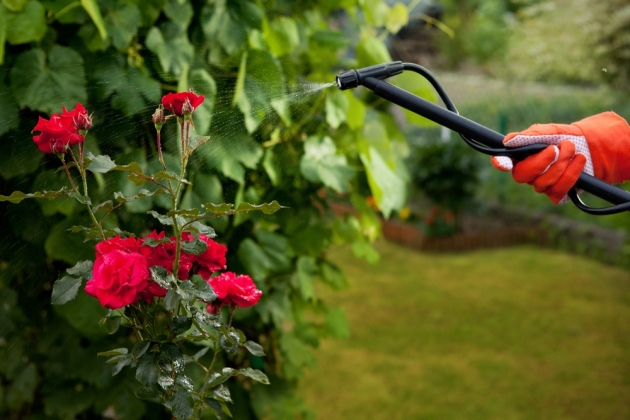
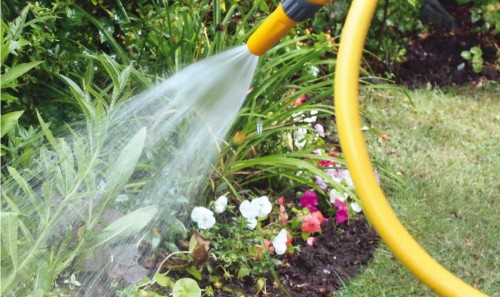
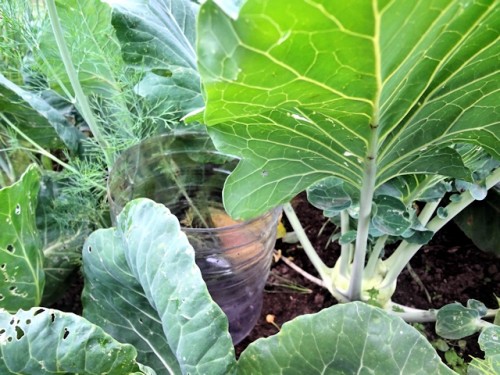
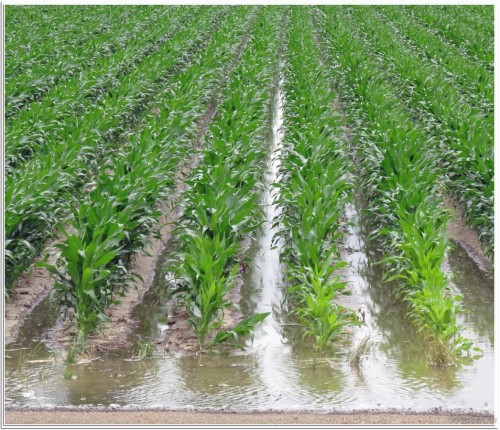
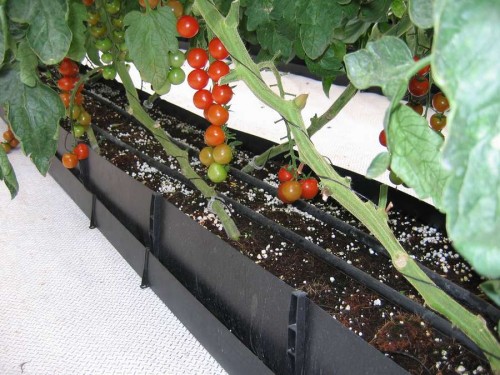
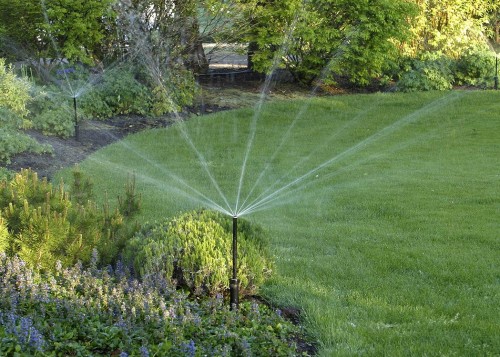
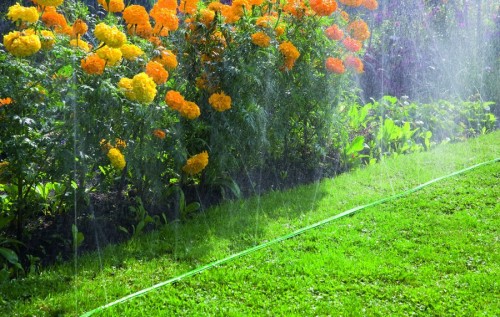
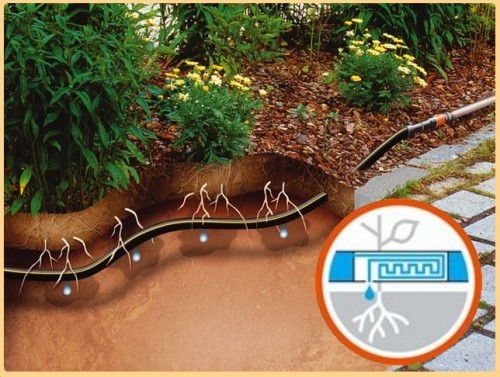
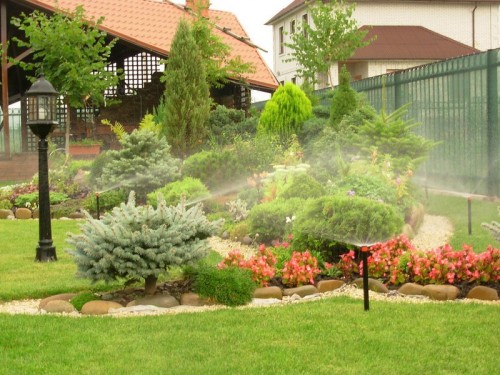




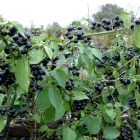
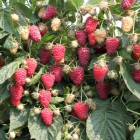
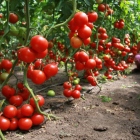
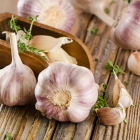
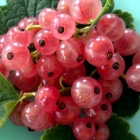
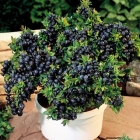
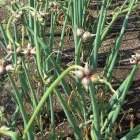
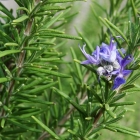
 Start a discussion ...
Start a discussion ...